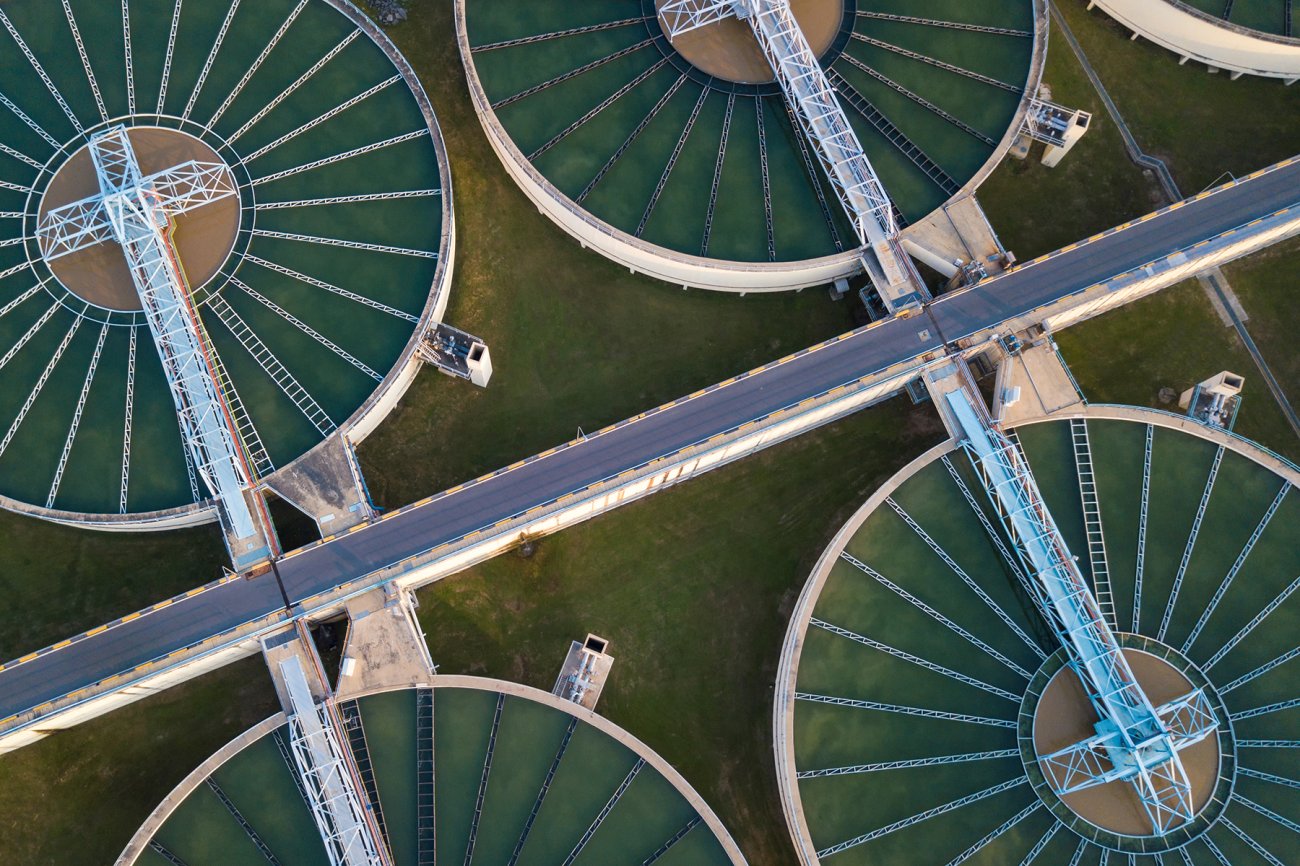Some Known Details About Reclaim Waste
Table of ContentsRumored Buzz on Reclaim Waste4 Easy Facts About Reclaim Waste ShownThe Facts About Reclaim Waste UncoveredIndicators on Reclaim Waste You Need To KnowReclaim Waste for Beginners
Check out the kinds, events, and forms of liquid waste. Residential sewer waste describes the waste and products from a domestic septic tank. This sort of waste is created by human beings in houses, institutions, and other structures. This only consists of sewage-disposal tanks that have a drain field. The proper administration and disposal of domestic sewage waste need fluid waste to be transferred to a sewage treatment plant where the correct techniques and tools are related to detoxify and throw away waste.
Industrial waste usually consists of prospective hazards, such as combustible products or a blend of liquid and strong waste products, and calls for a much more innovative and thorough disposal process. The disposal of business waste commonly involves the purification of waste before transportation to make sure risk-free and correct disposal. Industrial waste is created from byproducts and runoff of industrial processes and manufacturing.
This kind of waste can not make use of the exact same sewer monitoring transportation or processes as septic or business fluids. The hazardous waste administration procedure requires the evaluation and testing of fluid waste prior to it goes through the disposal procedure (liquid waste disposal). Runoff waste is the fluid waste that comes from drainage and excess stormwater in highly populated areas or cities
Drainage waste can cause contamination and flooding if not handled correctly. Making certain appropriate waste monitoring can prevent disasters and lower environmental injury.
Our Reclaim Waste Diaries
Contact PROS Services today to find out about our waste monitoring and disposal services and the appropriate means to care for the liquid waste you produce.
(https://profile.hatena.ne.jp/reclaimwaste1/)This so-called 'wastewater' is not only an essential source but, after therapy, will certainly be released to our land, rivers or the ocean. Utilized water from toilets, showers, baths, kitchen area sinks, laundries and industrial procedures is recognized as wastewater.

water utilized to cool machinery or tidy plant and equipment). Stormwater, a kind of wastewater, is drainage that flows from farming and urban areas such as roofs, parks, yards, roads, paths and rain gutters right into stormwater drains pipes, after rain. Stormwater streams untreated directly to neighborhood creeks or rivers, eventually reaching the ocean.
Reclaim Waste for Dummies
In Queensland, most wastewater is treated at sewer treatment plants. Wastewater is transported from domestic or my sources industrial sites through a system of sewage systems and pump terminals, recognized as sewage reticulation, to a sewage treatment plant. Neighborhood federal governments build, preserve and run most sewer treatment plants. Operators are licensed under the Environmental Defense Act 1994 to release cured wastewater at an acceptable environmental standard right into waterways.
The Department of Natural Resources recommends local federal governments about handling, operating and preserving sewage systems and therapy plants. In unsewered areas, regional governments may require homeowners to install specific or home sewer therapy systems to treat residential wastewater from toilets, kitchen areas, restrooms and laundries. The Department of Natural Resources authorises using family systems when they are verified to be reliable.
A lot of stormwater receives no treatment. In some new subdivisions, therapy of some stormwater to get rid of clutter, sand and crushed rock has actually started utilizing gross contaminant traps. Wastewater therapy occurs in 4 stages: Removes strong matter. Bigger solids, such as plastics and various other objects mistakenly released to drains, are eliminated when wastewater is gone through displays.
Uses tiny living organisms understands as micro-organisms to damage down and get rid of continuing to be dissolved wastes and great particles. Micro-organisms and wastes are integrated in the sludge.
The 5-Minute Rule for Reclaim Waste
Nutrient elimination is not readily available at all sewage treatment plants due to the fact that it requires expensive specialized tools. Clear fluid effluent produced after therapy may still contain disease-causing micro-organisms - liquid waste removal.

This usually means wastewater has actually to be dealt with or pollutants eliminated before it can be discharged to waterways. Many wastewater streams right into the sewerage system. Under the Act, regional governments administer approvals and permits for environmentally relevant tasks (Periods) including wastewater launches that may have a regional influence. The department carries out authorizations and permits to Ages including wastewater releases that may have a local or statewide influence.
The smart Trick of Reclaim Waste That Nobody is Talking About
Surveillance gives valid information concerning water quality and can verify that licence conditions are being fulfilled. The info acquired via tracking offers the basis for making water top quality decisions.